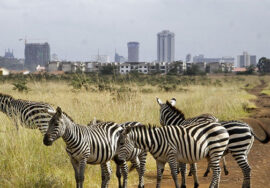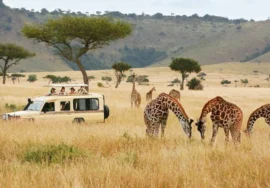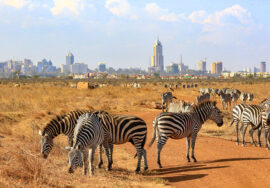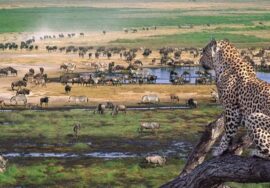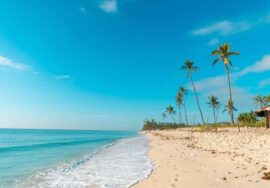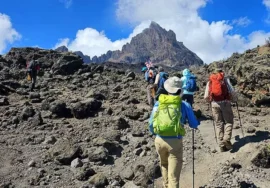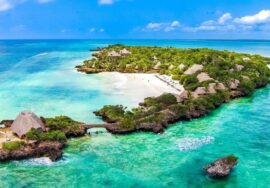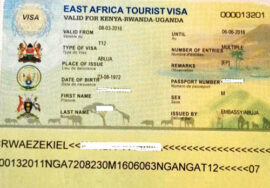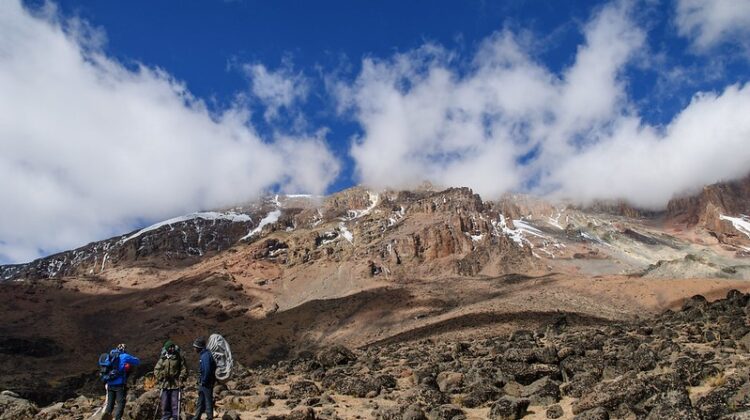
Come Mountain Climbing With Us
Come Mountain Climbing With Us, Not so much the animals, but the landscapes, especially the vertical landscapes of Africa’s two tallest peaks, Mt. Kenya and Mt. Kilimanjaro. There is another, more unusual kind of African safari that you can go on. With heights of more than 17,000 feet (5,181 m) and snow-covered peaks, both are world-class and offer stunning views of the scenery below. You don’t need to know how to climb to get to either one; you can just walk up. To get to the top, you may need a different skill, though: the ability to find your inner strength.
We offer five- to seven-day trips up both peaks led by safe, experienced climbers for a once-in-a-lifetime adventure that not many people have had. Let’s find out more about each peak and how to get ready to climb one of the world’s tallest mountains.
Mt. Kenya is the tallest mountain in the country.
As you climb Mt. Kenya, you’ll see a lot of different climates in Africa. At the base, you’ll find a subtropical bamboo forest. As you go up, you’ll see cooler wooded hills, then alpine meadows, and finally, at the top, you’ll see a moonscape of glaciers, rock, and snow.
On the first few days of the climb, you might even see elephants, monkeys, buffalo, and deer. On the way up, you’ll walk past beautiful high-altitude lakes. As a first-time climber, you’ll reach the top of the mountain at Point Lenana, which is 16,354 feet (4,985 m) above sea level.
You can choose from three ways to get to the top: the Sirimon, the Chogoria, or the Naro Moru. It takes about five days to go up and back down each way.
Kili
Kili is a dormant volcano that stands 19,340 feet (5,895 m) tall and is higher and more famous than its cousin Kilimanjaro. It is the sixth highest mountain in the world and the highest free-standing peak.
You can choose from seven different ways to climb the mountain. Each one takes between four and seven days. You should know that the longer you stay on Kili, the more time you will have to get used to its high elevations, and the higher you will likely be able to climb.
It goes without saying that the better shape you’re in, the easier the climb will be. So how can you best get ready for a hike up in places where the air is thin?
Think about doing aerobics. If you haven’t already, start hiking. As the date of your climb gets closer, make your walks longer. If you can, add running, riding, or swimming to your daily routine to make your heart and lungs work better.
Kenya’s Amboseli National Park is home to elephants and the mountain Kilimanjaro.
For your climb, you’ll need a lot of high-tech clothes that will keep you warm and dry. Also, the temperature difference will be huge. It will start out around 770 f (250 c), but as you go up, it will drop to around 140 f (–100 c) at the top.
To stay warm, wear woolen clothes instead of cotton ones. Wool will keep you warm even when it’s wet.
We’ve put together a full packing list to make sure you’re ready for this “peak” experience.
Whether you choose Mt. Kenya or Mt. Kilimanjaro, both offer the once-in-a-lifetime chance to succeed, be excited, and learn things about yourself and the world around you. We can take you there as part of your cruise through Africa.

